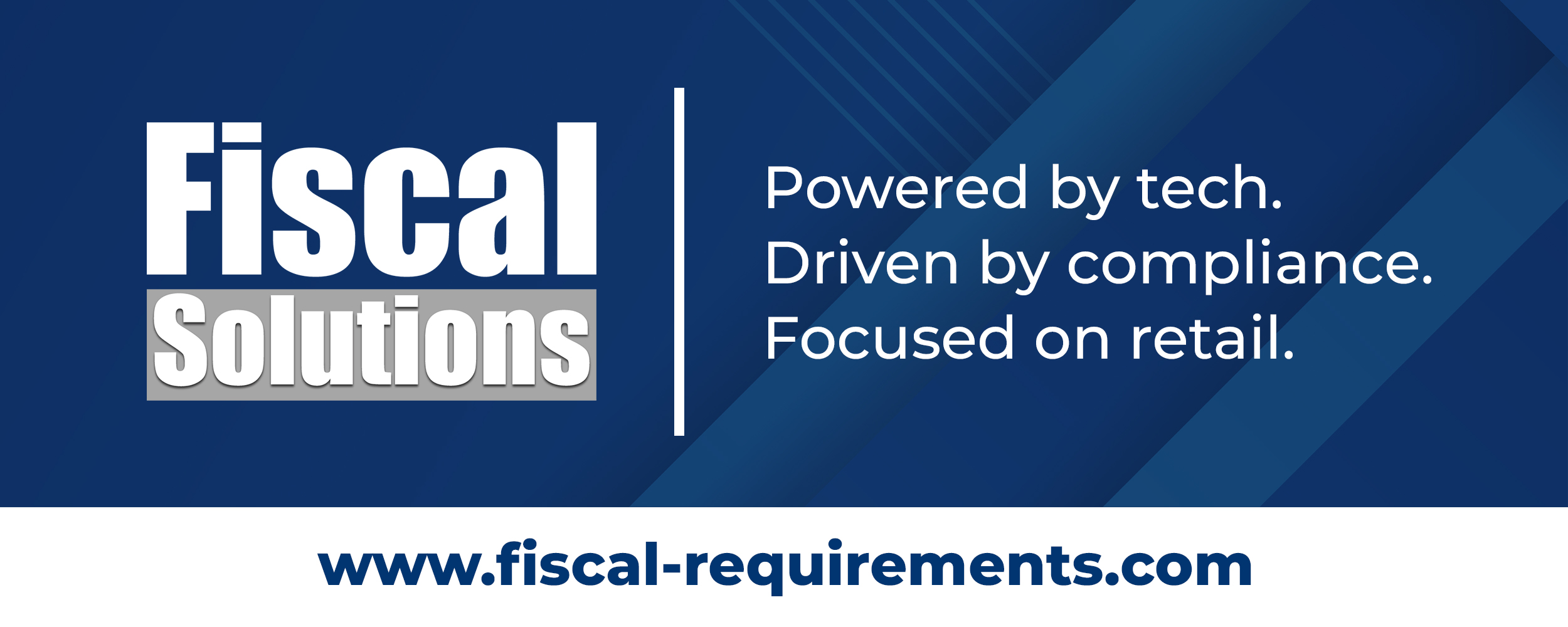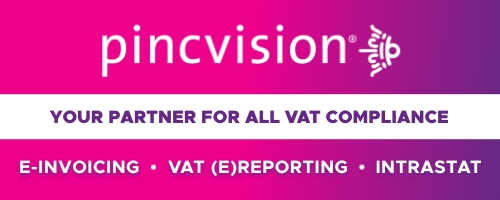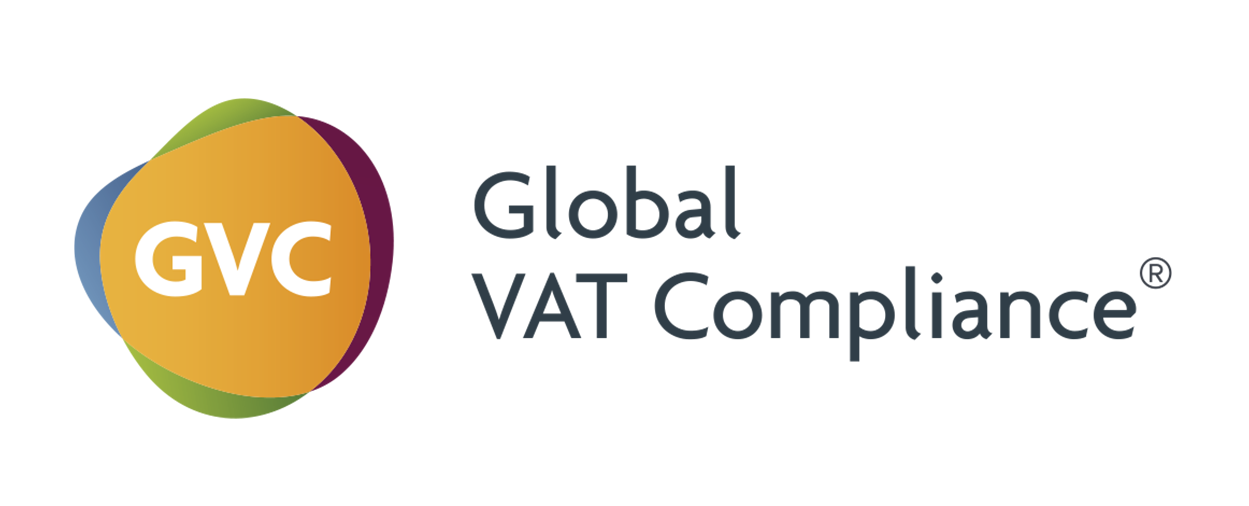On Oct 24, 1996, the ECJ issued its decision in case C-288/94 ( Argos Distributors). This case deals with regard to the Taxable Amount in case of Vouchers.
Article in the EU VAT Directive
Article 11(A)(1)(a) & 11(A)(3)(b) of the Sixth Council Directive 77/388/EEC
Article 11
A. Within the territory of the country
1. The taxable amount shall be:
(a) in respect of supplies of goods and services other than those referred to in (b), (c) and (d) below, everything which constitutes the consideration which has been or is to be obtained by the supplier from the purchaser, the customer or a third party for such supplies including subsidies directly linked to the price of such supplies;
3. The taxable amount shall not include:
(b) price discounts and rebates allowed to the customer and accounted for at the time of the supply;
Facts
- Argos is a retailer which lists its goods in a catalogue and sells them from its showrooms. It has more than 300 outlets of that kind throughout the United Kingdom.
- Goods purchased can be paid for by means of vouchers issued and sold by Argos under its incentive scheme. Each voucher is in the form of a printed note and has a face value of £1, £5, £10, £20 or £25. According to the conditions for use of the vouchers, they may be used, at the value shown, for part or full payment for goods or services purchased in Argos showrooms but cannot be redeemed for cash.
- Argos sells its vouchers either at face value or at a discount. The size of the discount depends on the value of the order. The normal discount is 5% of the face value of the vouchers where the order amounts to £500 or more. There is a retroactive additional discount of 1% or 2.5% for orders exceeding £10000 and £50000 respectively within one year.
- The main buyers of the vouchers are companies which distribute them to their staff or representatives by way of incentive, and financial services companies which resell them to the public at or below face value. The last recipient of a voucher does not necessarily know who originally bought it or whether a discount from face value was granted.
- Any customer making a purchase in an Argos shop may present a voucher in full or partial payment of the price of the goods up to the face value of the voucher. If the face value of the voucher exceeds the value of the purchase, the surplus is not repaid in cash. If stolen, vouchers can be cancelled and replaced. Following use in an Argos shop, the voucher is cancelled and destroyed.
- By using that system, Argos attracts the holders of vouchers into its showrooms, makes itself more widely known to the public and increases its turnover. It also benefits from improved cash flow.
- The dispute in the main proceedings concerns calculation of the VAT which Argos, as a taxable person, must pay on its receipts from sales of goods paid for by means of vouchers. The Commissioners take the view that the face value of the voucher constitutes the consideration for the supply of the goods for the purpose of fixing the taxable amount, regardless of whether, when the voucher was initially purchased, the buyer was granted a discount.
- Argos, on the other hand, considers that it does not receive the full face value of the vouchers but only the difference between that figure and the discount granted to the first buyer of them, so that that sum constitutes the taxable amount. It therefore applied to the Commissioners for a refund of £1 363 245, representing part of the VAT paid between 1 April 1983 and 27 March 1993. That application was rejected. Argos then appealed to the Value Added Tax Tribunal (now the VAT and Duties Tribunal), London.
Questions
1. Is Article 11(A)(3)(b) of the Sixth Directive to be interpreted so that the expression “price discounts and rebates” is capable of applying in circumstances where the face value of a voucher issued by the supplier of goods covers or is available to cover the entirety of the supplier’s normal retail selling price?
2. In circumstances where a supplier of goods has sold to a purchaser at a discount a voucher which is subsequently presented in whole or (more commonly) in part payment for goods by a customer who was not the purchaser of the voucher and docs not normally know what sum was paid for the voucher, is Article 11(A)(3)(b) of the Sixth Council Directive to be interpreted so that the expression “price discounts and rebates allowed to the customer and accounted for at the time of supply” covers,
(a) the difference between the face value of the vouchers and the price charged
by the supplier to the original purchaser of the voucher; or
(b) the entire face value of the voucher; or
(c) neither?
3. If Article 11(A)(3)(b) does not apply in the above circumstances, is Article 11(A)(1)(a) to be interpreted so that the part of the consideration represented by the voucher is:
(a) the face value of the voucher; or
(b) the sum actually obtained by the supplier of the goods from the sale of the voucher?
AG Opinion
(1) Article 11(A)(1)(a) of the Sixth Council Directive 77/388/EEC of 17 May 1977 on the harmonization of the laws of the Member States relating to turnover
taxes — Common system of value added tax: uniform basis of assessment is to be interpreted so that, in circumstances where a supplier of goods has sold to
a purchaser at a discount a voucher which is subsequently presented in whole or in part payment for goods by a customer who was not the purchaser of the
voucher and does not normally know what sum was paid for the voucher, the consideration represented by the voucher is equal to its face value.
(2) The use of a voucher in the circumstances described above does not give rise to a discount or rebate as envisaged by Article 11(A)(3)(b) of the Sixth Council Directive.
Decision
Article 11(A)(1)(a) of the Sixth Directive, Directive 77/388, on the harmonization of the laws of the Member States relating to turnover taxes, must be interpreted as meaning that, when a supplier has sold a voucher to a buyer at a discount and promised subsequently to accept that voucher at its face
value in full or part payment of the price of goods purchased by a customer who was not the buyer of the voucher, and who does not normally know the actual price at which the voucher was sold by the supplier, the consideration represented by the voucher is the sum actually received by the supplier upon
the sale of the voucher. It is therefore that sum, and not the face value of the voucher, which, in accordance with that article, must be adopted as the taxable amount for application of value added tax to the sale in respect of which the voucher was accepted in payment.
Source
Similar ECJ cases
Newsletters















